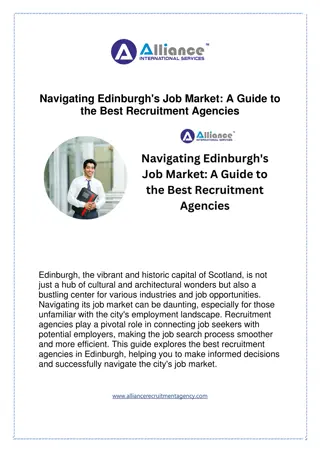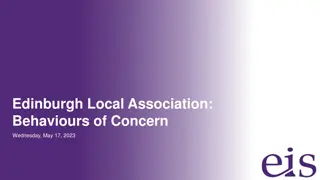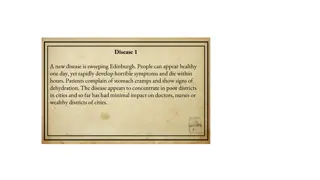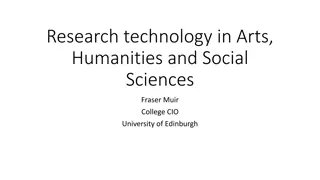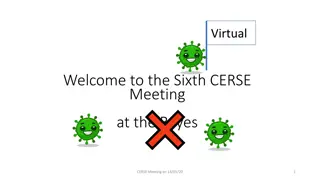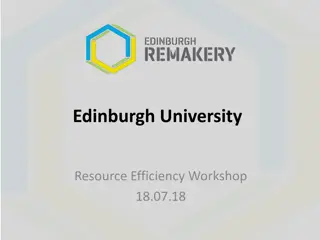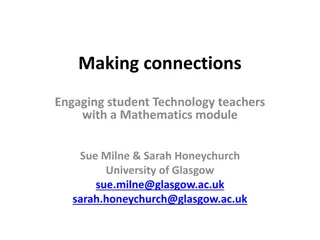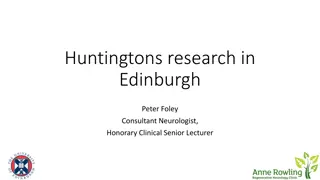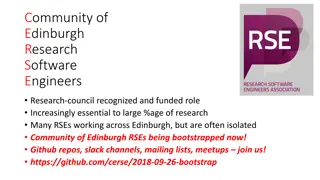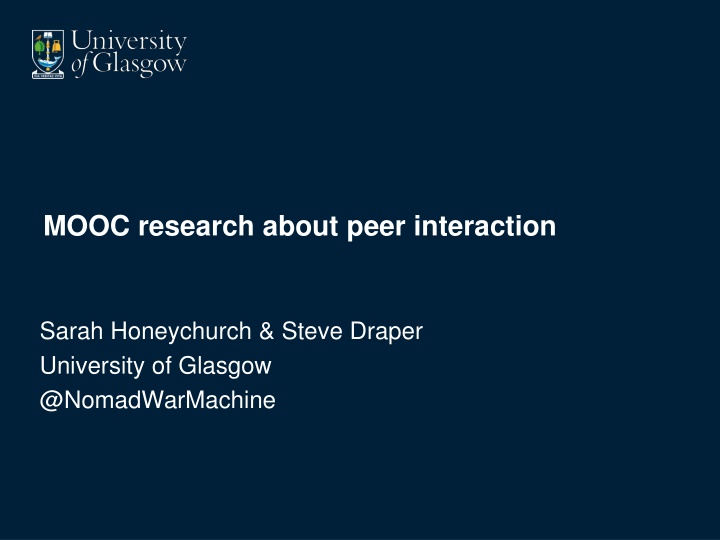
Peer Interaction in MOOC Research: A Study by Sarah Honeychurch & Steve Draper
Explore the significance of peer interaction in learning, especially in MOOCs with low staff-to-student ratios. Learn how diverse peer interactions are classified and researched among learners using various digital platforms.
Download Presentation

Please find below an Image/Link to download the presentation.
The content on the website is provided AS IS for your information and personal use only. It may not be sold, licensed, or shared on other websites without obtaining consent from the author. If you encounter any issues during the download, it is possible that the publisher has removed the file from their server.
You are allowed to download the files provided on this website for personal or commercial use, subject to the condition that they are used lawfully. All files are the property of their respective owners.
The content on the website is provided AS IS for your information and personal use only. It may not be sold, licensed, or shared on other websites without obtaining consent from the author.
E N D
Presentation Transcript
MOOC research about peer interaction Sarah Honeychurch & Steve Draper University of Glasgow @NomadWarMachine
The importance of peer interaction Peer interaction may be important in all learning; and must be more so with low staff:student ratios. But peer interaction (like technology use) is not all of one kind. How do we first classify, and then research, the diverse peer interactions of our learners?
#rhizo14: "The community is the curriculum" Different platforms for peer interaction were appropriated: Blogs & microblogs Forums Collaborative editing Audio/video chat None of these were part of the official platform. This usage was an emergent behaviour, and it became natural to use a mix of platforms
Types of platform (classification A) Twitter Short, public Blogs Longer, more considered, public; Assymetric; focussed on one learner's contribution. Shortish, more private Facebook group Google Docs Various privacy options
Example workflow (2) Begins as a comment/link posted in Facebook group Some of us decide to submit to a Journal/Conference, so set up a Google Doc Submit to Journal/Conference Receive Journal/Conference rejection Some of us write blog posts about some of the content Post/Tweet the links to blog posts to Twitter and Facebook Conversation about blog posts continue over Facebook
Learning is ambiguous w.r.t. public/private Changing audiences, changing privacies The actual present day web is ill suited to managing this. Nevertheless, a user wish (need?) is for fluent, fluid switching of the audience for a thing. The audience (privacy-setting) is not known at software-design time. The audience is not known when the first words are typed. The author's choice of audience often changes during the process of creation Typically while learning you go from public, to private, to public: So the change is not even one-directional.
How do we manage this? Apps are typically developed with one audience in mind and are not adaptable We typically don t know who our audience is before we start Try to replicate all of the 3rdparty software? Ignore interactions outwith the official course? Set up official 3rdparty groups, hashtags etc.? Ask learners to register their blogs etc.? Appoint community leaders to help facilitate all of the media? Use software to scrape results?
Classifying by common vs. complementary (reciprocal) benefits (classification B1) Multiple types of peer interaction: Discussion (joint activity, but different personal gains in understanding) Collaboration on a joint product Peer review/support (joint activity, different roles, both learn) Confident (life long) learners move fluidly and fluently between these types because they gain different things from each.
Classifying communication by its content type (classification B2) Understanding concepts Admin discussions (where do I find X?): information about the learning process, not about the content itself. Reassurance (is it only me that feels that?) using social comparison to calibrate one's self-regulation. Naked social bonding Whingeing / venting (some hope of validation) Outpouring (shouting in an empty office): not really aimed at an audience response.
The neo-Vygotskian perspective as a test lens (classification C) This sees all learning as induction into a new kind of conversation by interacting with an expert. It assumes 1:1 interaction, and is inherently highly scaffolded. May be most needed when learners are new to a whole way of thinking, e.g. a new discipline. Could a MOOC cope with this? Perhaps: likely wide range of expertise in learner cohort, which means peer interaction might substitute for the parent/teacher role. But: course designers must ensure that such types of peer interaction and scaffolding will develop.
Summary: Different types of classification for peer interaction 1. By software platform 2. By the task/goal of the interaction: 2a) Common vs. reciprocal benefits 2b) Content type of the interaction 3. By how each peer interaction supports the process assumed by the neo-Vygotskian perspective (learning entirely by interaction) Each type within each classification has different implications for researching peer interaction.

